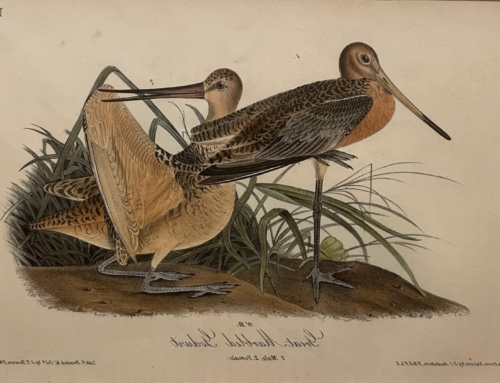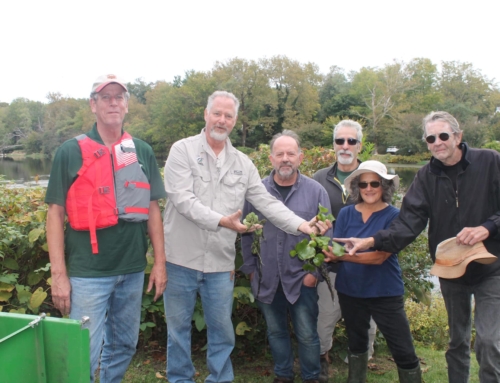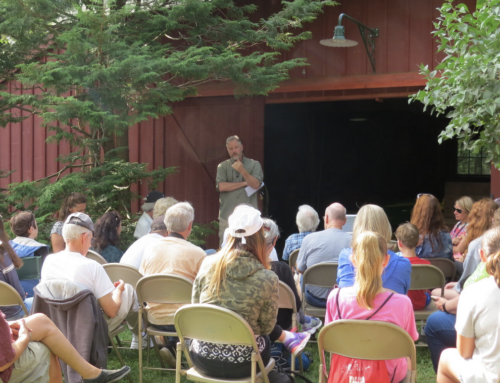 Park Trustee Robert Reuter says, “We are extremely grateful to the Long Island Sound Futures Fund and the National Fish and Wildlife Foundation. Not only will the project reduce wastewater pollution to the Setauket Mill Pond but it will offer a tremendous educational example for the Setauket community and beyond about residential wastewater problems on Long Island and what can be done about it.”
Park Trustee Robert Reuter says, “We are extremely grateful to the Long Island Sound Futures Fund and the National Fish and Wildlife Foundation. Not only will the project reduce wastewater pollution to the Setauket Mill Pond but it will offer a tremendous educational example for the Setauket community and beyond about residential wastewater problems on Long Island and what can be done about it.”
Long Island faces a cesspool crisis, with nitrogen from cesspools and antiquated septic systems at over ½ million unsewered households leaching into our groundwater. As groundwater discharges into Long Island’s ponds, lakes, and marine ecosystems, excess nitrogen degrades water quality causing toxic algal blooms (like red tide), massive fish kills, and altering benthic habitats as light can not reach aquatic plants on the seabed. Excess nitrogen may also threaten salt marshes which protect our coastlines from storms.
More importantly, nitrogen from cesspools percolates into Long Island’s aquifers, our sole source of drinking water. A number of epidemiological studies have raised concerns about public health risks associated with excess nitrogen in drinking water. Suffolk County has recognized the importance of addressing the problem of groundwater nitrogen pollution (https://www.reclaimourwater.info) and passed legislation aimed at beginning to solve the problem.
The wastewater treatment technology selected for the installation is referred to as a Nitrogen Removing Biofilter (NRB) and was recommended by researchers at the New York State Center for Clean Water Technology, part of Stony Brook University. Based on the Center’s research, NRBs generally remove 70- 90% of nitrogen from residential wastewater before its discharge to groundwater. Cesspools typically do not remove nitrogen from wastewater. Tom O’Dwyer, P.E., from Homeport Engineering, Setauket, designed the plans for the installation which will be awarded to an installer by competitive bid shortly.
The bio-filter is made up of layers of sand and wood chips—materials that are both inexpensive and abundant on Long Island. Nitrogen removal occurs by naturally occurring microbes and the NRB uses only one pump; there are no other mechanical parts. Consequently, NRBs hold out the promise of being a highly efficient, cost effective, low maintenance and long-lived way to treat wastewater without relying on multiple pumps or aeration devices. And the biofilter at the Park will do more than just filter wastewater. It will help educate homeowners about what they can do to address Long Island’s cesspool crisis. “We’re proud to have the Park offer such a great educational opportunity,“ says Reuter.
Watch for progress in the coming months.





